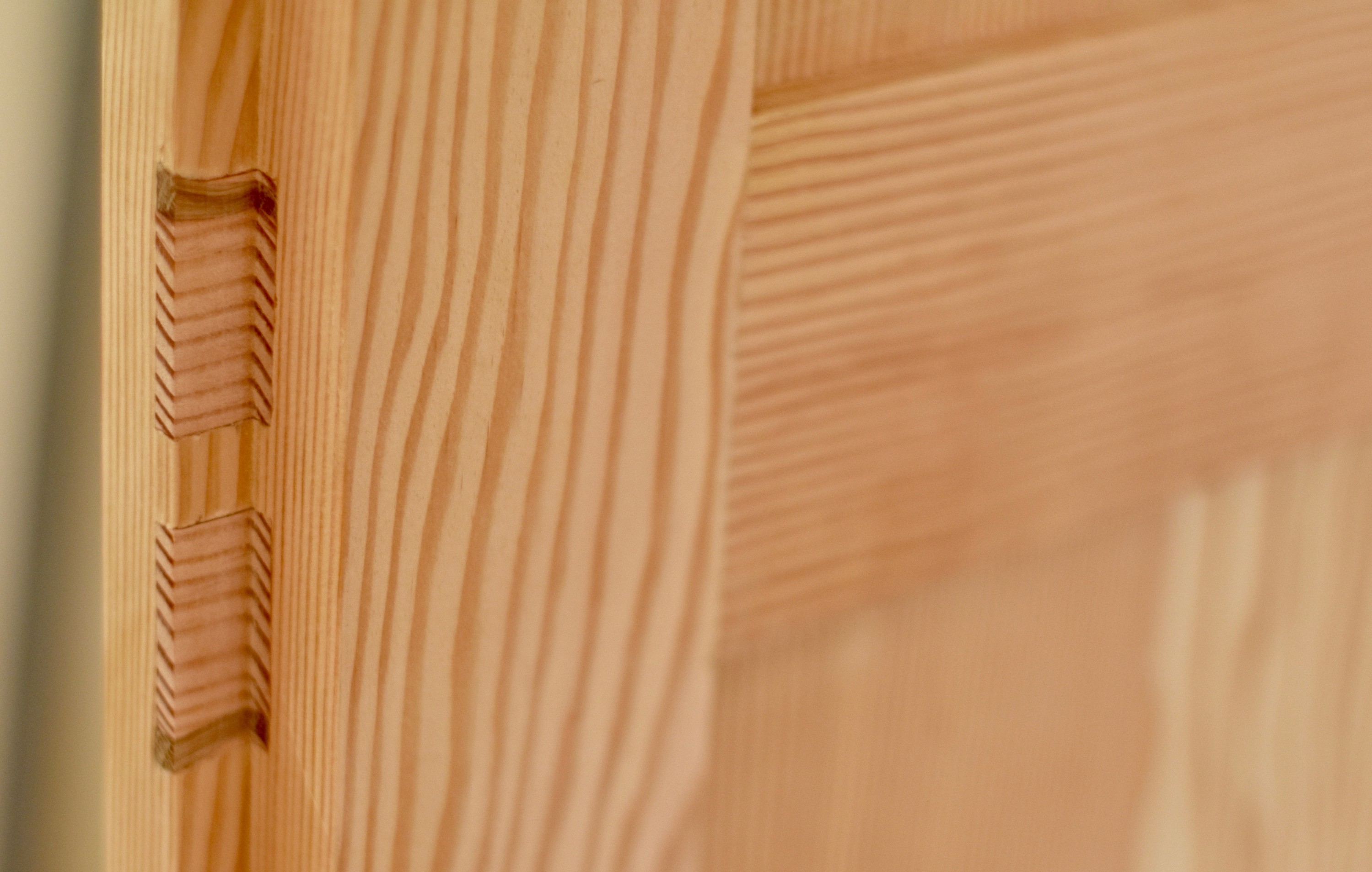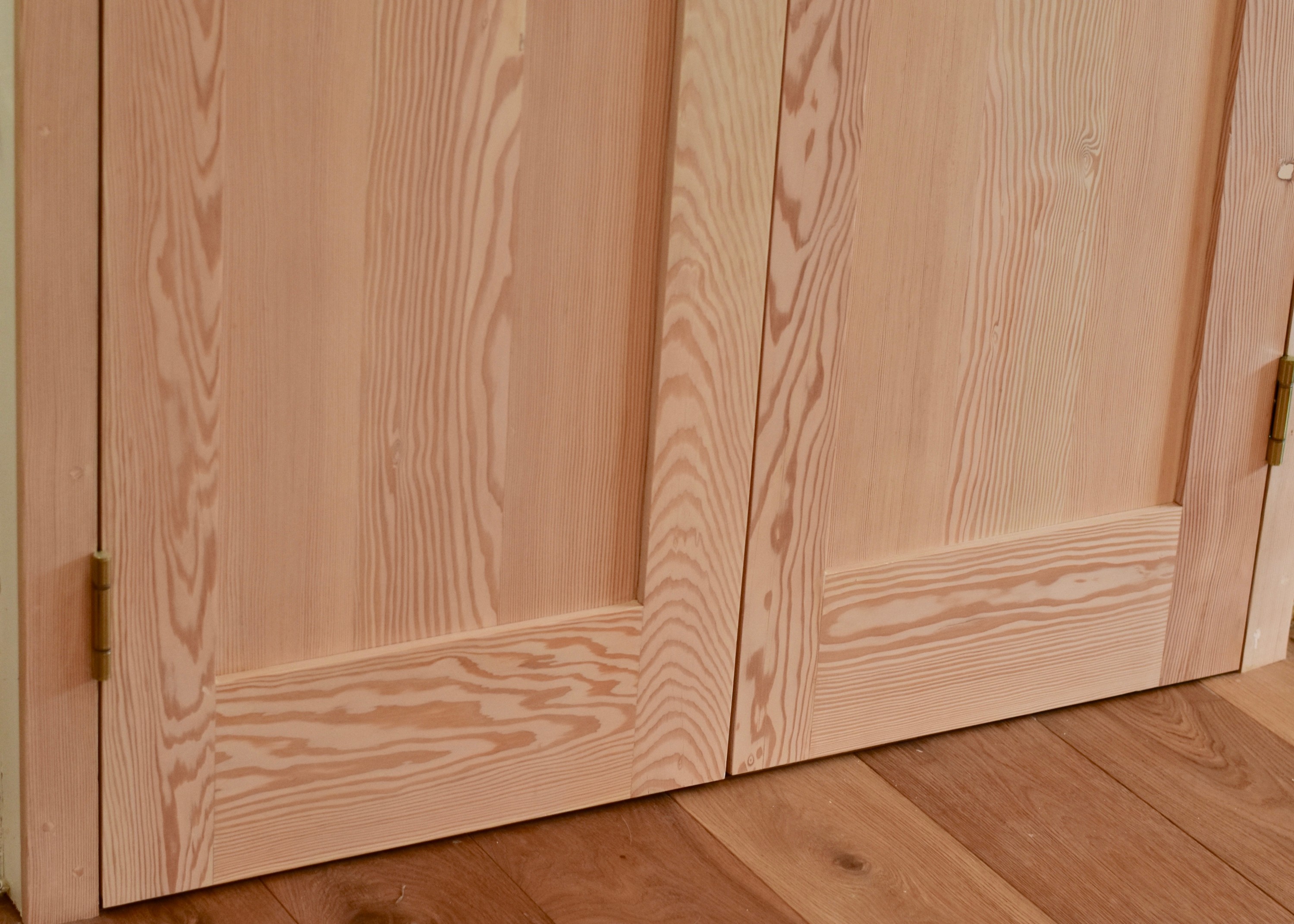Not all softwoods are the same




Douglas Fir — Another ‘Best Kept Secret’ Timber Option?
It’s tempting to think of hard and softwoods as just that, ‘hard’ and ‘soft’. But that’s not always the case. Take Balsa, for example, which we all know to be very light and used mostly for model aeroplanes and the like. It is in fact a hardwood (an ‘angiosperm’).
Then there’s Douglas Fir. It’s a softwood (a ‘gymnosperm’) but has many of the characteristics of the finest hardwoods. It is extremely strong, durable and with a high modulus of elasticity.
In fact, Douglas Fir — Pseudotsuga menziesii — is said to be 60% stiffer and 40% more dense than conventional pine; indeed it offers the highest strength of any softwood so that it is comparable with oak (yet 30% lighter) and stronger than Cherry.
Much of its strength comes from its grain pattern, which — because the trees self-prune as they shed their lower limbs — is largely knot-free with straight and consistent fibres.
For the same reason, it is very dimensionally stable and therefore less prone to seasonal movement, twist, warp and cup — an important factor for the joiner and furniture-maker.
These characteristics make it a highly versatile option for structural needs inside and out, as well as flooring, interior joinery and furniture making. Bear in mind too that the up-cost from conventional pine is modest (considerably less than hardwood alternatives) so it is highly cost-effective. While some is imported, there are abundant stocks of our own home-grown variety so you can specify with a clear conscience.
But the cherry on the cake is its appearance. Its creamy white sapwood contrasts with a more reddish-brown heartwood, which itself varies depending on early or late growth; the result is a vibrant grain pattern that is pleasingly distinctive and will mellow over time.
When choosing timber for these interior double-doors, it was easy for us to settle on Douglas Fir to give our customer what they were looking for. For us as makers, we can be pretty sure that the overlapping rebates will remain straight and true; and for the client, the appearance speaks for itself, now and in the future.
